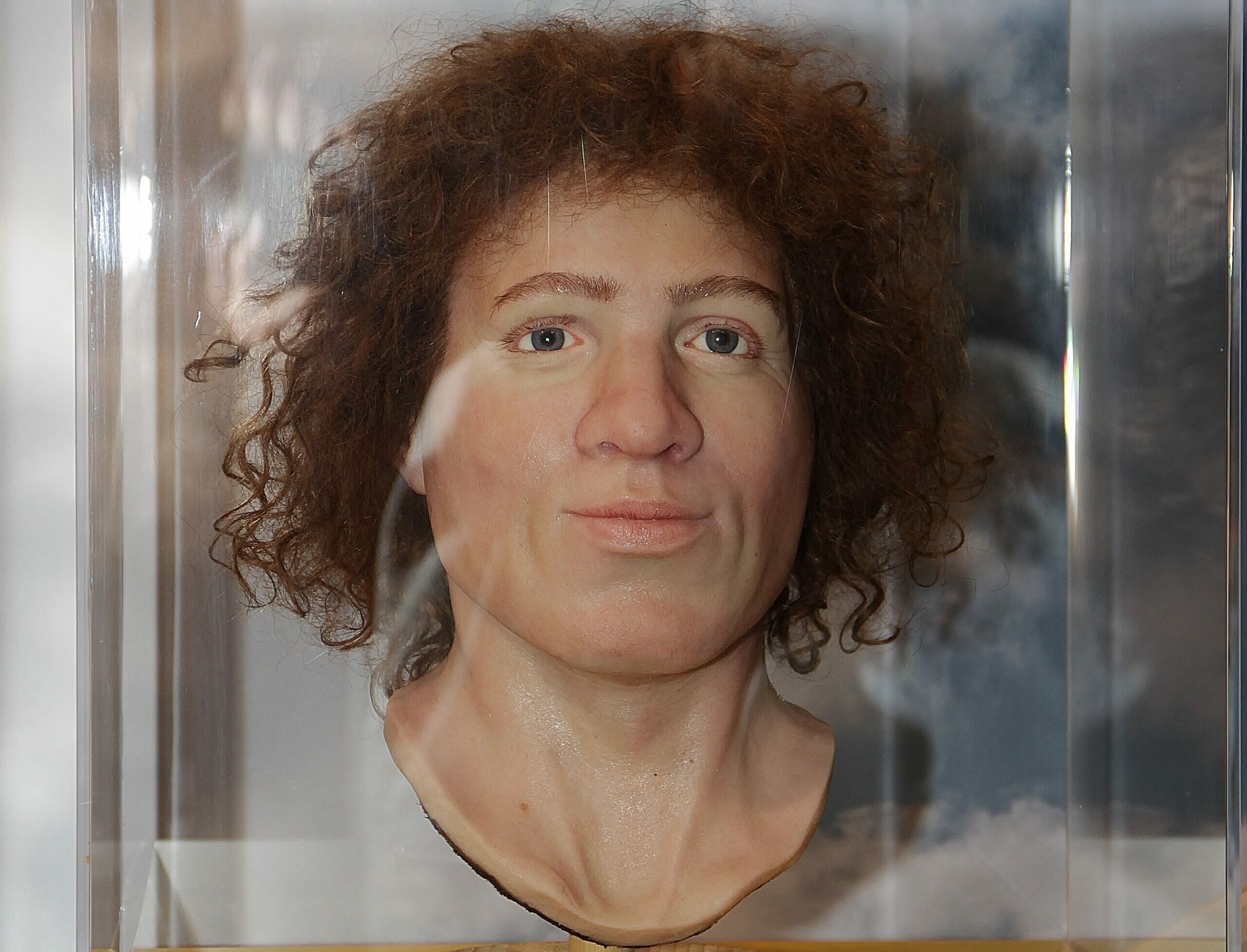“First Amsterdammer” gets his face back after 800 years

The oldest known Amsterdammer has a face and will be the star of the exhibition about the Dutch capital’s medieval origins which openend on Friday.
Archaeologists found the skeletal remains of the man in 1963 when they came upon a coffin made from a hollowed-out tree trunk as they were digging underneath the Oude Kerk in Amsterdam.
They concluded he had been buried there around 1200 and would have been one of the first inhabitants of what was then a handful of houses.
“Amsterdam hasn’t always been the centre of the world,” city archaelogist Ranjith Jayasena, one of the curators of The Birth of a City – In Search of Medieval Amsterdam, told the Parool.
That only started happening after 1170 when the first Amsterdammers settled here following the All Saints Flood which opened up the connection with the sea, she said.
The year 1275 is seen as the beginning of Amsterdam when the name appeared in an official document.
Research on the bones of the man showed he must have died when he was in his early 20s. He was some 172 cm tall and, despite the city’s nearness to the sea, a meat eater.
“We also know that he was sickly, and had an infection. He used a painkiller made of willow bark, which contains a substance found in aspirin,” Jayasena told the paper.
Nothing is known about the man’s identity but once the exhibition is over he will have a name chosen by the visitors. The researcher chose five names that were common at the time and he will be Adam, Alewijn, Nico, Otto, or Pier.
The exhibition, at the Amsterdam archives, is on until July 6.
Thank you for donating to DutchNews.nl.
We could not provide the Dutch News service, and keep it free of charge, without the generous support of our readers. Your donations allow us to report on issues you tell us matter, and provide you with a summary of the most important Dutch news each day.
Make a donation